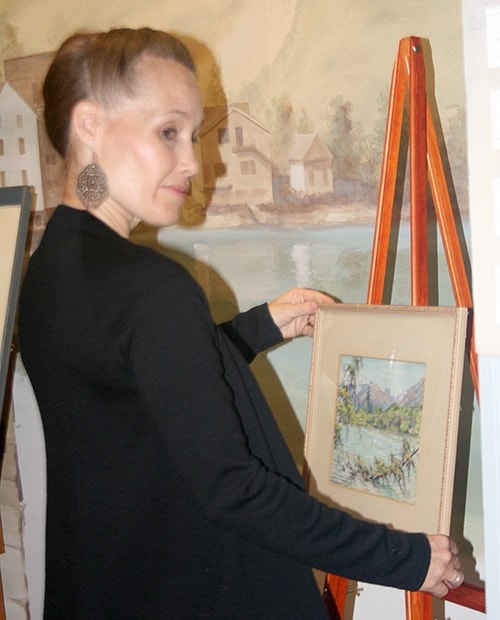A renovation project updating the front area and the Tait Room at the Summerland Museum has been completed.
Amy McCroy, curator of the museum, said the three-month renovation project included new flooring and other renovations to the building.
The renovation project was done to provide accessible, on-site storage for the Tait Collection of visual art, along with a room where the collection can be shown.
The storage units will improve the safety of the storage area for staff and volunteers. They will also improve the museum’s conservation controls.
Storage capacity at the museum has increased by 20 per cent.
“We want to make the museum relevant to civic life in the 21st century,” she said.
The museum building, on Wharton Street, was opened in 1983.
The cost of the upgrade work was around $30,000, with roughly half the money coming from federal funding.
Materials used were chosen because of the artifacts in the museum.
The bio-flooring, a high-quality vinyl, has no toxic products and the paint has low toxic emissions.
While the physical upgrades will be noticeable, there are other changes at the museum.
McCroy said a storage unit has been added to house some of the items which cannot be displayed.
“The biggest difficulty we have is storage,” she said, adding that finding enough storage space is a concern for museums across Canada.
McCroy said some of the artifacts at the museum have no tie to local history.
These include an Egyptian wedding outfit and some geological rock samples.
Storage and display space are limited at the museum.
“In an era of sustainability, it is important that museums become leaders in sustainable practices, which led us to revamp our acquisitions policy,” she said.
Because of the challenges in storing artifacts, the museum is tweaking its acquisitions policy. Items will be accepted by appointment only.
“High priorities for acquisitions include items that directly support the museum’s mandate and can be used for research, exhibits or educational purposes,” a statement on the museum’s website reads.
The museum’s database, listing historic photographs and documents, must also be upgraded so researchers are able to find the information and pictures they need for their work.
